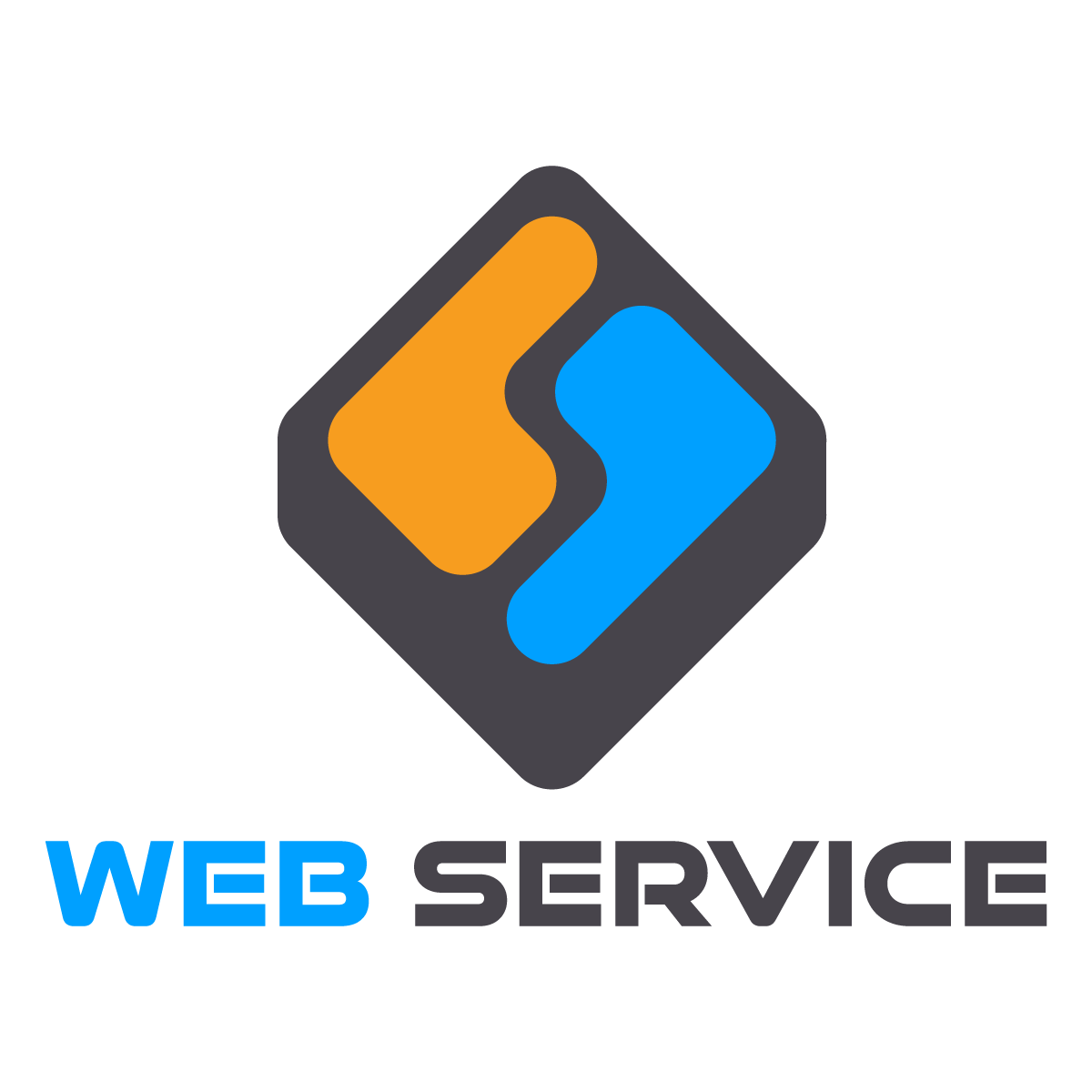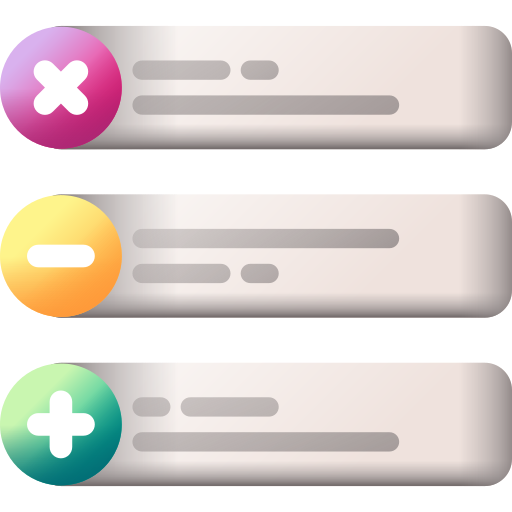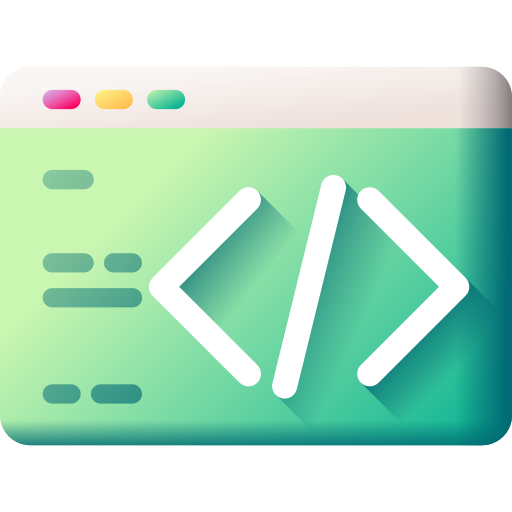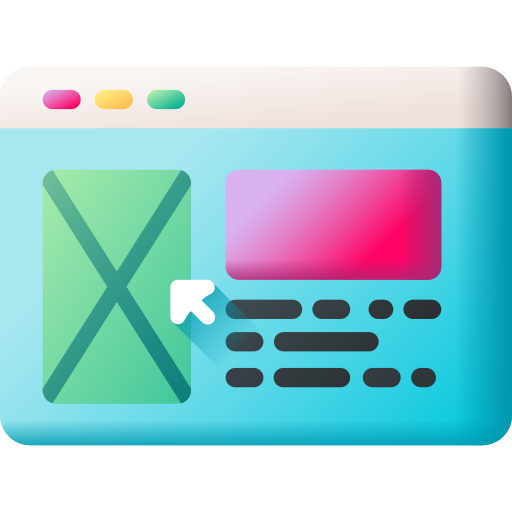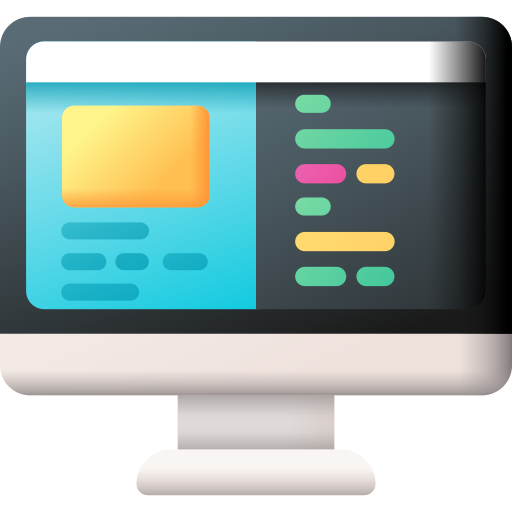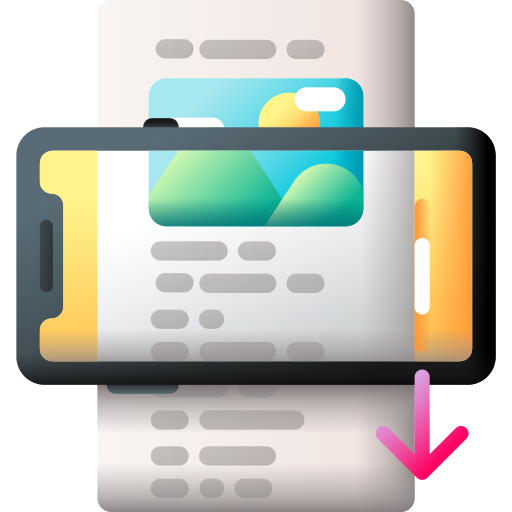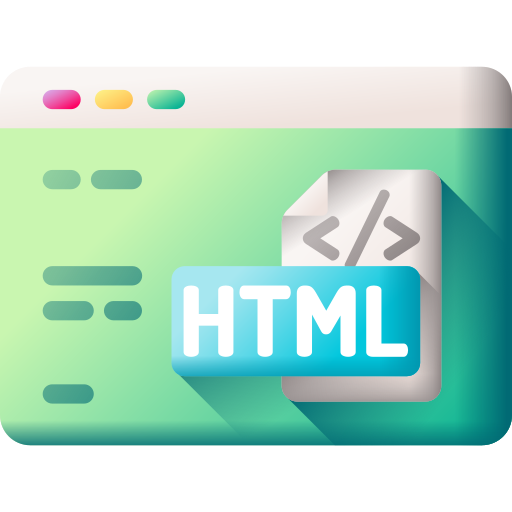
Building the digital world, one website at a time.
Web development refers to the process of creating websites, web applications, and other web-related projects. It involves a combination of programming languages, design, and functionality to create websites and web applications that can be accessed by users via the internet. Web development can range from building a simple static website with basic HTML, to creating complex web applications that require dynamic content, user authentication, and database integration.
Our Web Development Stages
Planning
This involves defining the website's purpose, target audience, content structure, and functionality.
Design
This stage involves creating a visual design for the website, including layout, typography, color scheme, and user interface (UI) elements.
Development
This stage involves coding the website using programming languages such as HTML, CSS, and JavaScript to create the desired functionality.
Testing
This involves testing the website for functionality, usability, compatibility, and performance to ensure that it works as intended.
Deployment
This involves uploading the website to a web server and making it available to the public.
Our Web Development Service Types:
Web development is a constantly evolving field, with new technologies and frameworks emerging all the time. It requires a combination of technical expertise, creativity, and problem-solving skills to create websites and web applications that meet the needs of businesses and users.
Front-end development
This involves creating the user interface and visual design of a website or web application. Front-end developers use programming languages such as HTML, CSS, and JavaScript to create the look and feel of a website.
Back-end development
This involves creating the server-side functionality of a website or web application. Back-end developers use programming languages such as PHP, Ruby, Python, or Node.js to create dynamic content, handle user authentication, and integrate with databases.
